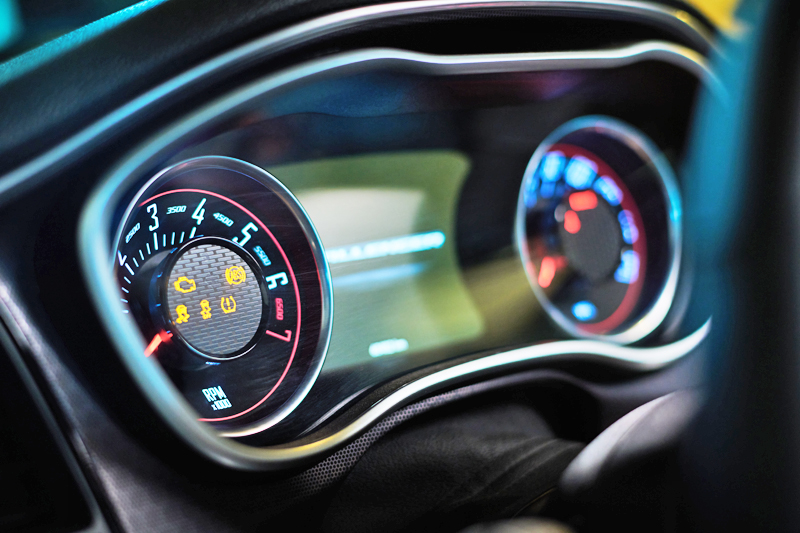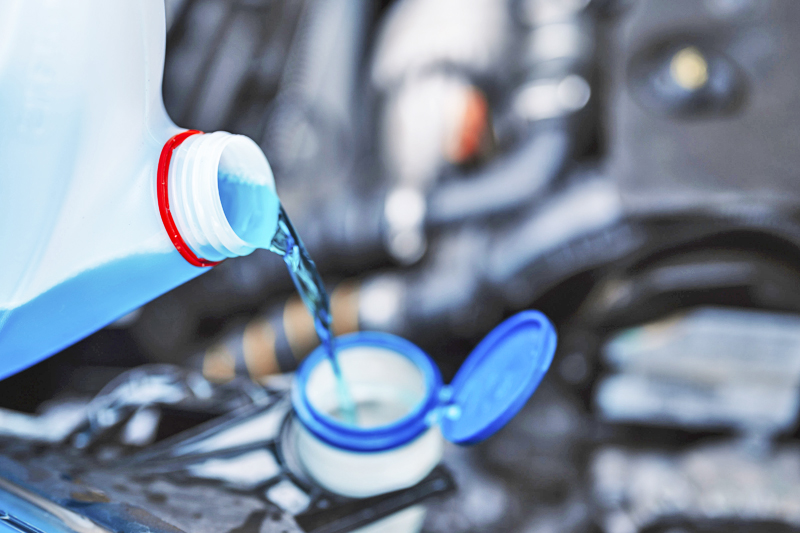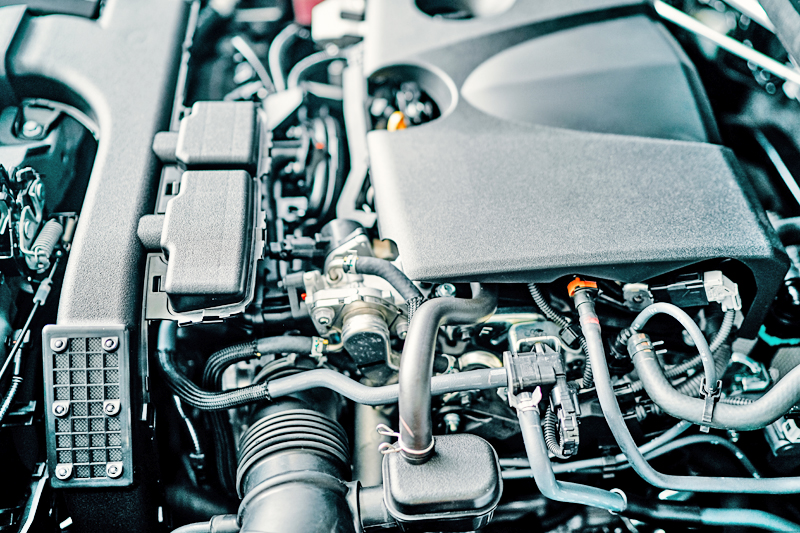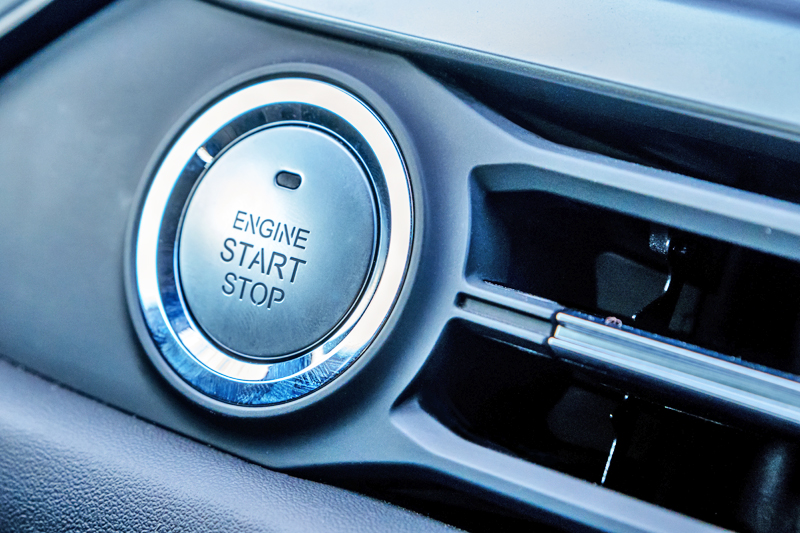Is it true that waiting for the lights on the instrument display to go out first, before the air conditioner can be turned on and then the car can move can extend the life of the engine and prevent damage from occurring? Follow the articles from the blog site Paultan to find out the truth of the allegations.
For those who don’t know, the lights on the car’s dashboard are actually an indication that the engine’s operating temperature has not yet reached its optimum level.
The light is only given on cars that do not have a gauge or engine coolant temperature meter (engine coolant temperature gauge) on their instrument display, where a light display of either blue, red or yellow indicates that it has not yet reached operating temperature, no light is on to indicate that the temperature is already at an optimal level and a red light is on to indicate that the engine has already reached an extremely hot temperature (overheat).
So the practice of waiting until the ‘light goes out’ is actually the same as the practice of warming up the engine on an old car, especially one that uses a carburetor system that was almost extinct in the 90s.
For the carburetor system, in conditions that are too cold, it will not provide the right air-fuel mixture to the engine, subsequently it will not provide optimal performance when driving.




In the 80s and below, the carburetor system had a special valve called a choke valve that had to be pulled manually by the driver through a lever located on the dashboard.
The valve will give more fuel mixture ratio richfurther increasing the speed of the engine (idling speed) the engine and accelerate the optimum temperature is reached.
While in the 90s, most vehicles that use carburetors are already supplied with the system auto-chokewhere the valve choke will work automatically based on the temperature of the engine coolant (coolant).
As for the fuel injection system used by modern cars, it is more sophisticated where the ratio of the fuel mixture will always change based on the surrounding temperature and it can provide the most optimal ratio in any situation.
So for modern cars that use the system, you actually no longer need to warm up the engine until the light goes out first before you can start moving.
So what about the metal components in the engine? Doesn’t it ‘expand’ enough if it operates at a temperature that has not yet reached its optimum level and may be ‘shocked’ if it is forced to move in cold conditions?
Engineers are also not overlooked in that aspect. Therefore, the materials used in modern engines have actually been designed to allow the engine to operate in those conditions and will not cause problems if the car continues to move after the engine is turned on without being heated first.
However, that does not mean that once the engine is turned on, you can continue to move by revving the engine as much as you want.
It is advised that the car be driven carefully before the light goes out.
That will allow time for the lubricating oil to reach each component that needs to be protected, as well as allow the hydraulic pressure in the automatic transmission system to also reach optimal levels for operation.
The process of moving carefully before the light goes out will actually accelerate the hot engine more than if the engine is started without moving.
Do you understand? So after this, you don’t need to sweat to withstand the heat in the car just to speed up the engine heating process by not turning on the air conditioner and wasting time waiting for the dashboard lights to go out before moving.
We are already in 2024, so start the engine, turn on the air conditioner and keep moving slowly first and drive normally when the light goes out. – Agency

